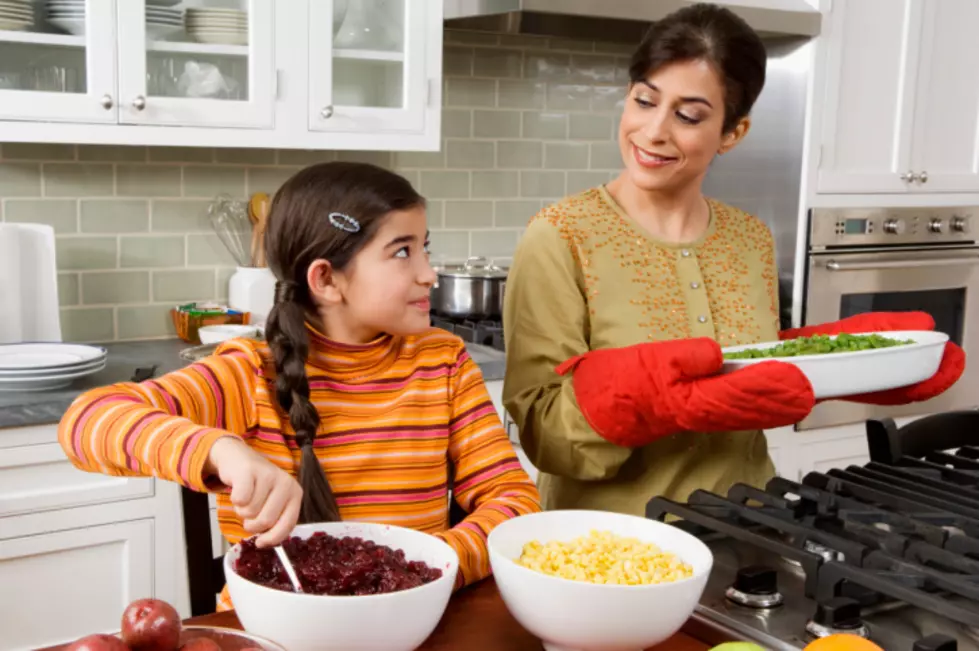
Eat The Rainbow
You might have heard food experts give the advice that we should eat the rainbow – meaning that there should be a variety of colors on your plate. A colorful plate means a different types of nutrients and a more balanced diet. What are the five colors that should always be on your plate?
Robin Stoloff talks with Nutrisystem Dietician, Courtney McCormick, in her weekly segment Nutrition 101 during her program, Living Well with Robin Stoloff, this Sunday 9-11am on Lite Rock 96.9 WFPG. Here are 5 colors that Courtney says should be on your plate.
- PhekThong Lee
PhekThong Lee 1Green
The natural plant pigment chlorophyll gives fruits and vegetables like broccoli, Brussels sprouts, avocado and kiwi their signature green hue. Green fruits and vegetables pack in vitamin K, folic acid and potassium, and are good for your eyes, bones and teeth.
- Liv Friis-Larsen
Liv Friis-Larsen 2Red
It is the phytochemical lycopene that is responsible for the red color in fruits and veggies like tomatoes, strawberries, raspberries, watermelon and pink grapefruit. Lycopene has been associated with a decreased risk of cancer, heart disease and even certain eye disorders.
- bhofack2
bhofack2 3Yellow/Orange
The yellow/orange group is rich in beta carotene and vitamin C and includes fruits and vegetables like carrots, mangos, pumpkins, cantaloupe, winter squash, sweet potatoes and peppers. In the body, beta carotene converts into vitamin A, which is good for vision and eye health, healthy skin and an overall strong immune system.Beta carotene is also believed to help prevent memory loss and to protect the skin from sun damage.
- Anna Kucherova
Anna Kucherova 4White
A lack of color doesn’t always mean a lack of nutrients. In fact, the largest class of phytochemicals are the flavonoids which tend to be colorless – think pears, bananas, and cauliflower. Flavanoids have been associated with reduced risk of a variety of diseases like cancer, cardiovascular disease and Parkinson’s.
- Sophie Bengtsson
Sophie Bengtsson 5Blue/Purple
Blue and purple vegetables offer a healthy dose of vitamin C, potassium and folate. The darker the hue in blue and purple fruits and vegetables, the higher the phytochemical concentration.
More From Lite 96.9 WFPG









